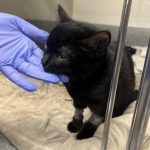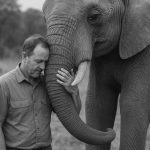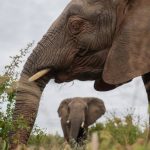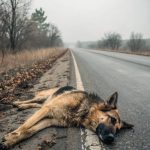The Night the Earth’s Breath Killed
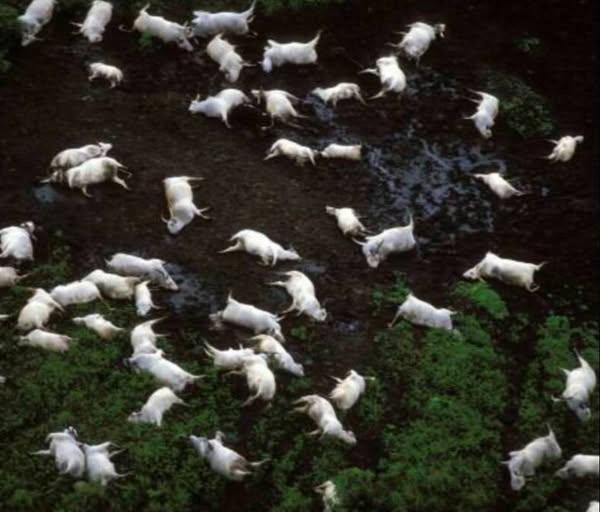
The Night the Earth’s Breath Killed
On the night of August 21, 1986, the villages surrounding Lake Nyos in Cameroon seemed wrapped in their usual calm. Families had gone to sleep, livestock rested in their pens, and nothing hinted at the catastrophe that was about to unfold.
Then, without warning, the lake exhaled.
From its surface rose an invisible, colorless cloud of carbon dioxide — a deadly gas long trapped beneath the water by geological pressure. Released in a violent burst, the cloud crept silently across the land. It was odorless, soundless, unstoppable. Within minutes, the villages around the lake were consumed.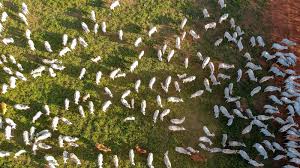
People never had a chance to run. Conversations ended mid-sentence. Children in their beds simply stopped breathing. Livestock collapsed in fields. By dawn, the devastation was nearly total.
In all, 1,746 men, women, and children died. More than 3,500 animals — cattle, goats, wildlife — lay dead as though sleep had swept over them. The silence was unbearable.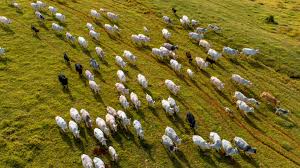
Survivor Joseph Nkwain remembers it vividly. “I smelled something horrible… I couldn’t speak… then everything went black.” Hours later, when he regained consciousness, he turned to his young daughter. Believing she was still asleep, he tried to rouse her. She was gone.
As he staggered through the village, the truth unfolded with brutal clarity. “Everyone was dead… I didn’t see a single sign of life in Nyos,” he said. The weight of grief was as heavy as the gas that had smothered the land.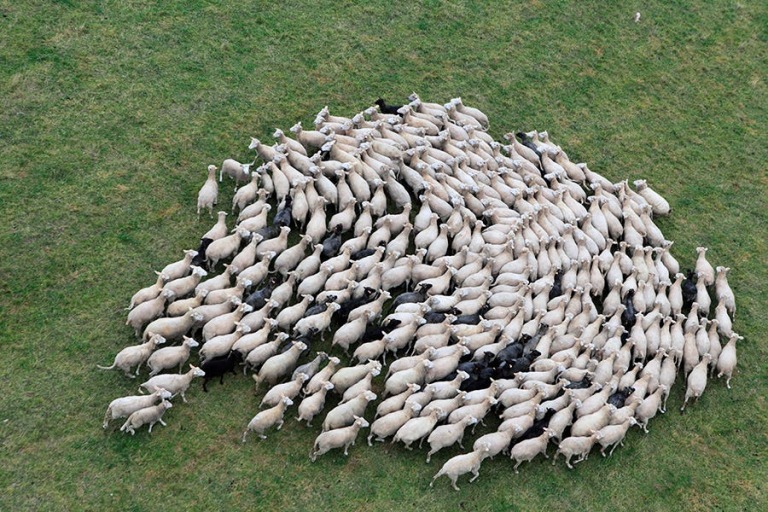
Scientists later confirmed the cause: a limnic eruption. Beneath Lake Nyos, volcanic activity had steadily saturated the water with carbon dioxide. On that August night, the balance tipped, and the lake released its deadly breath. Nature itself became the silent executioner.
The world took notice. Safety systems were eventually installed to vent CO₂ from deep within the lake, reducing the chance of another such disaster. Yet for those who lived — and for those who mourned — the memory remains raw.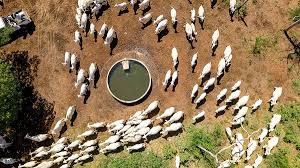
Lake Nyos is a haunting reminder of how fragile human life can be against the unseen forces of the earth. Disaster does not always arrive with fire, storm, or quake. Sometimes, it arrives as a breath in the night.

